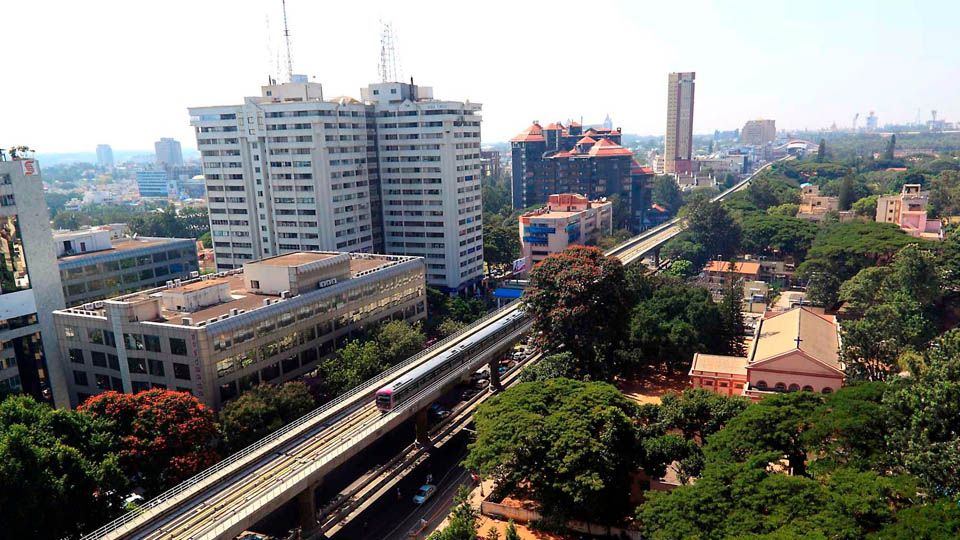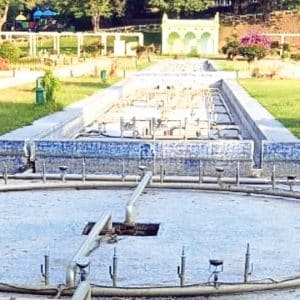Figures of (a) number of towns and cities in the country and (b) number of residents in each of these steadily expanding territories and head counts have emerged as the most talked about, saying that cities are larger geographical areas than towns and also more densely populated amounts to spelling out the difference between the two. The time-honoured terms namely city and village have witnessed a change into urban and rural in our times. While a hamlet is perceived as a territory smaller in area than a village, a metropolis is defined as a large city seen as an important hub for regional or international connections, commerce and communication. The total geographical area of India is made up of about 6,00,000 villages, 8,000 cities and towns, including six metropolises, presently Bengaluru being one of the metropolises. Talking about cities in general and Bengaluru in particular can be both fascinating and absorbing.
Legend has it that although what is now known as Bengaluru existed as a place inhabited by people since the 9th century itself, it was Kempegowda I (1510-1569) who first built Bengaluru as a city. He was a feudatory (saamantha) ruler under the Vijayanagar Empire, choosing Bengaluru Pete as his capital. Transforming his territory, a village then, into a city, he is said to have prescribed the boundary for the city, a virtual foundation for it to become a metropolis that it is today.
Every city not only in India but in other regions of the world has a history, some of them dating back to several centuries past. Bengaluru’s pioneering founder Kempegowda is being glorified as Naadaprabhu and his birth anniversary is being celebrated from June last year, sidelining the utter failure of successive governments in the State and Civic authorities of the metropolis to comply with the founder’s dream of a livable city. It cannot be gainsaid that the attraction any city commands at the start to those who first take residence in the urban region of their choice fades with the rising influx to its existing headcount. In case of Bengaluru, the pace of that fading attraction to the metropolis doesn’t need any elaboration.
The Ministry of Urban Affairs, Government of India, is all set to conduct an assessment of livability standards in cities based on 79 indicators. The data generated by this exercise and the interpretation of the findings may help the mass migrating from villages to cities to reconsider their act. Those who have already relocated to urban areas have to answer the question of where to go? by themselves.








Recent Comments